50. Barney & Friends
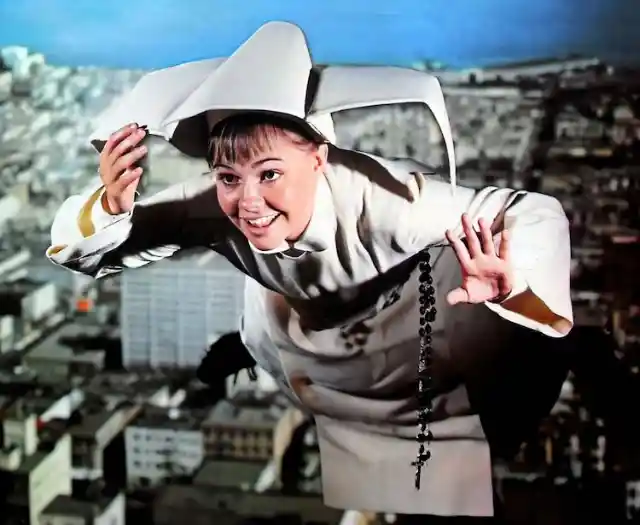
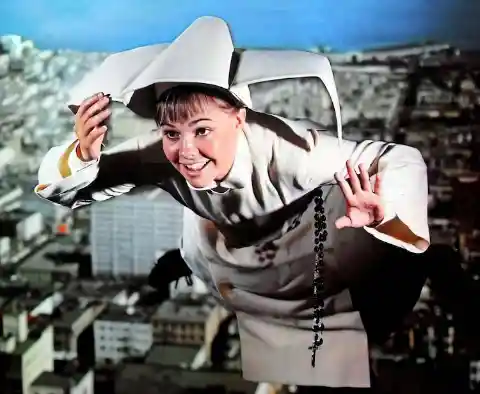
While there are plenty of fantastic TV shows out there, there are some series you’re probably surprised that ever made it past their pilots. And likely some others that lasted much longer than you would’ve expected.
With awful reception from critics, network executives, and viewers alike, these shows were complete flops. From poorly done spin-offs like AfterMASH to variety shows like The Brady Bunch Hour and everything in between, these are the worst series that ever aired on television…
49. The Ropers
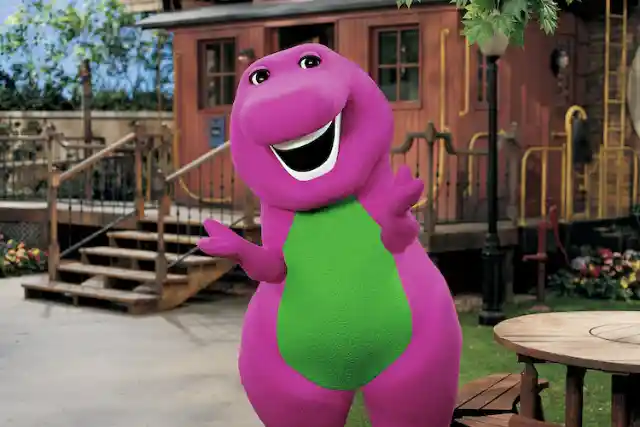
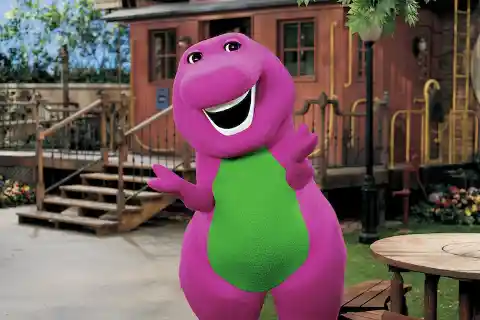
Barney, the enormous purple dinosaur, frequently joined forces with a bunch of young children. Surprisingly, the show’s longevity is impressive, lasting for 14 seasons and producing nearly 270 episodes.
Despite being a beloved ’90s cartoon, it was eventually canceled due to multiple lawsuits filed by the show’s producers over content depicting violence against the titular character, leading to its downfall.
48. Bless This House
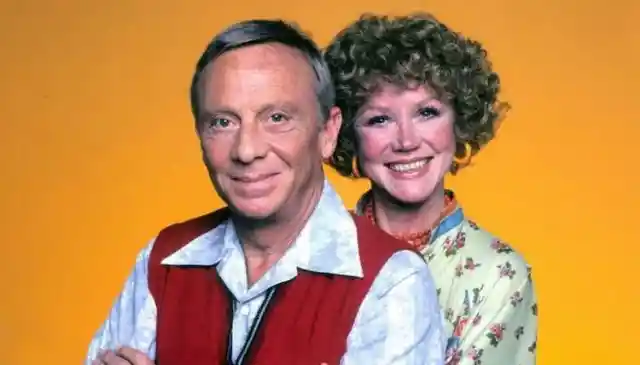
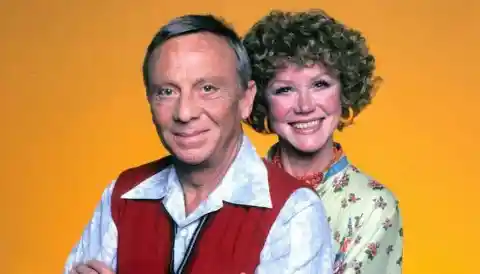
“The Ropers” had a clear purpose as it emerged as a direct spin-off of the popular show “Three’s Company.” During the ’70s and ’80s, spin-off series were quite common, although this trend has waned in recent years. The show’s core was driven by the talents of Audra Lindley and Norman Fell, with Jeffrey Tambor also playing a significant role.
Despite its potential, some viewers believed that the show’s downfall could be attributed to an unfavorable time slot. Regardless of the reasons, “The Ropers” had a relatively short lifespan, lasting only two seasons before its conclusion.
47. Rango
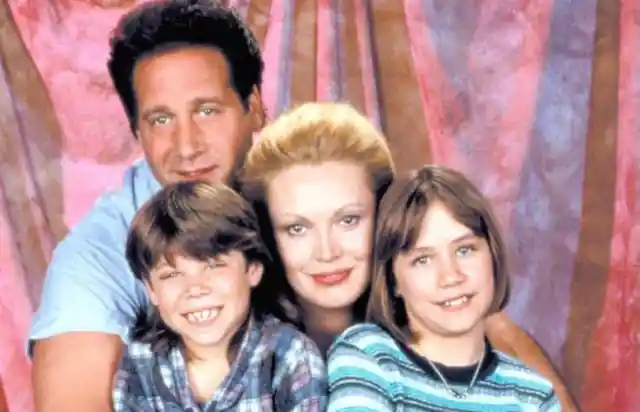
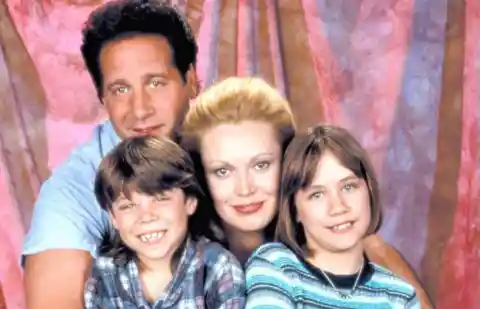
Andrew Dice Clay, a comedian known for his bold and amazing comedy, surprised audiences by playing the role of a family patriarch in a TV sitcom. In a surprising role, he starred alongside the effervescent Cathy Moriarty in a 16-episode season.
Clay’s character, a postal worker, attempted to bring humor to the family dynamic. However, the show struggled with awkward writing and an uncertain balance between family-friendly comedy and more mature themes.
46. Me And The Chimp
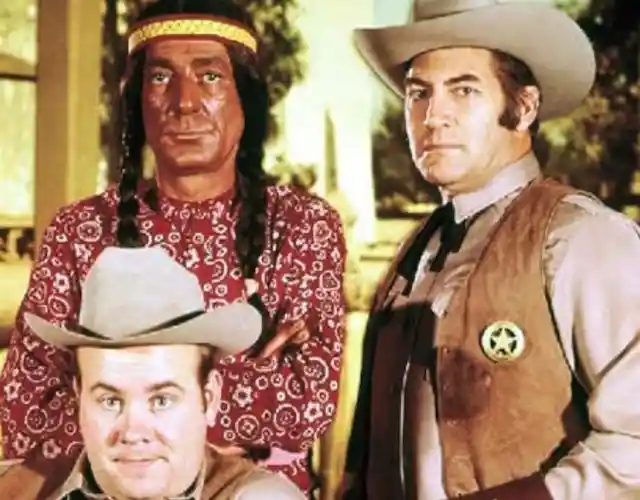

The picture above shows some of the reasons why “Rango” had difficulties with how people reacted to it. When the movie was made in 1967, it was acceptable to have a white actor wear makeup to look like a person of a different race – but it’s a different case now. For example, an Italian-American actor played a Native American man in the movie.
The show used stereotypes that are now considered old-fashioned and inappropriate, so it probably wouldn’t be popular now, when people are more aware of cultural issues. Looking back, “Rango” makes us wonder why certain actors were chosen and whether the show helped to keep stereotypes alive, showing how society’s values have changed over time.
45. A.K.A. Pablo

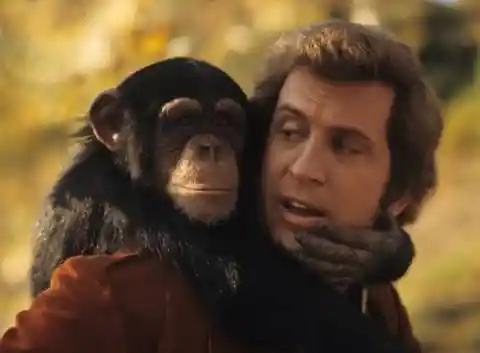
While Garry Marshall had a remarkable career in Hollywood, not every venture of his struck gold. One example was a sitcom featuring a family who adopted the troublesome chimp ‘Buttons.’
Despite Marshall’s long-standing success, this show failed to captivate viewers and was axed after a brief 13-episode run. Evidently, even the most talented minds in the industry can’t spin endless tales around a chimp.
Despite its promising start, the show’s early cancellation remains a mystery. With the stellar combination of Norman Lear’s expertise, Paul Rodriguez’s comedic talent, and Hector Elizondo’s seasoned acting, one can’t help but wonder if it would have thrived in today’s television landscape.
This sitcom’s unique setting in 1984 was certainly ahead of its time, considering the recent surge in interest for series exploring the lives of ex-comedians.
44. She’s The Sheriff
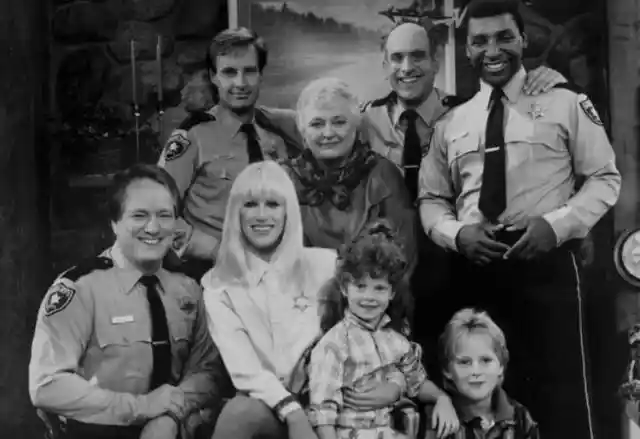
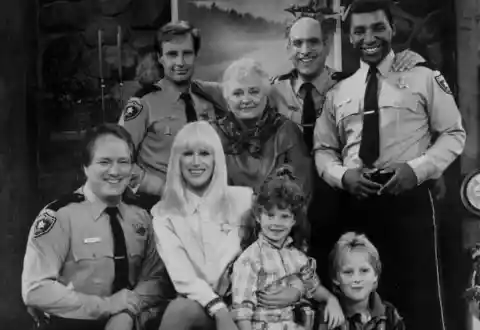
In the ’80s, Suzanne Somers made a significant mark in the entertainment industry. This sitcom was designed to showcase Somers’ talent, and it deserves recognition for its progressive approach in featuring a female lead in a profession often depicted as male-dominated in film and television.
Somers portrayed a widowed character who unexpectedly found herself navigating the responsibilities her late husband had left behind. As a sitcom, the show introduced viewers to a colorful cast of quirky and fascinating characters. Unfortunately, despite its promising start, the series was canceled after just two seasons.
43. Woops!
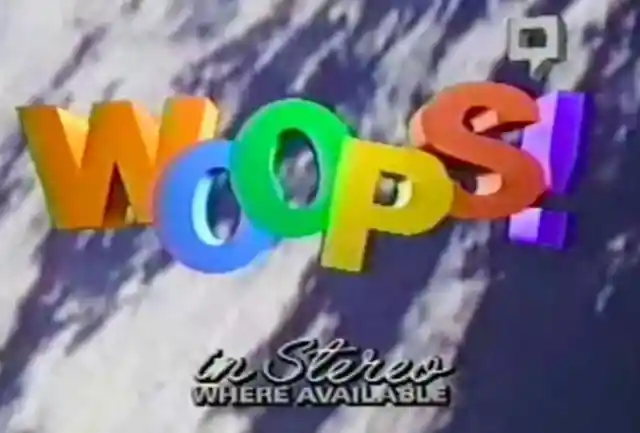
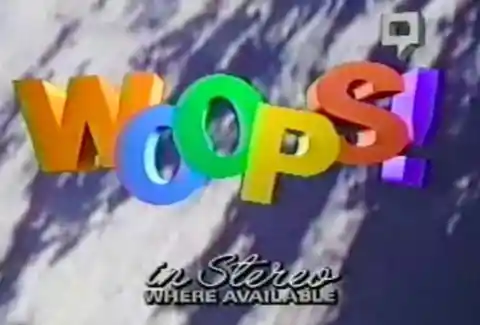
In 1992, FOX introduced “Woops!”, a series depicting life after a nuclear apocalypse, where only six survivors aimed to repopulate the planet while living on a farm. Having no prominent actors, the show struggled to extend its run, resulting in the cancellation after just 10 of the planned 13 episodes aired.
Interestingly, FOX eventually found success with a similar concept many years later through Will Forte’s “Last Man on Earth.” This series explored post-apocalyptic scenarios with a fresh perspective and resonated with audiences, showcasing the enduring appeal of the genre.
42. The Flying Nun
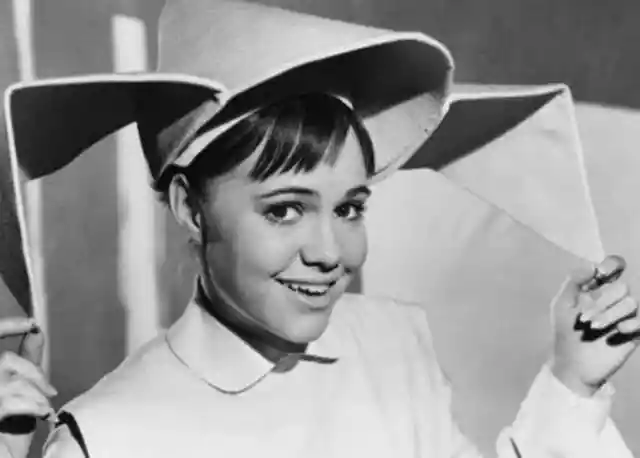

Do you recognize that face? You should because it belongs to the renowned actress Sally Field, who played the role of a flying nun in a TV show from 1967 to 1970. Yes, you read that correctly—a nun who could fly with a little help from the wind or a stiff breeze.
While we admire Field’s acting talents, it’s hard to deny that the concept of the show was quite absurd. It’s truly astonishing that it managed to run for as long as it did.
41. The Tom Green Show
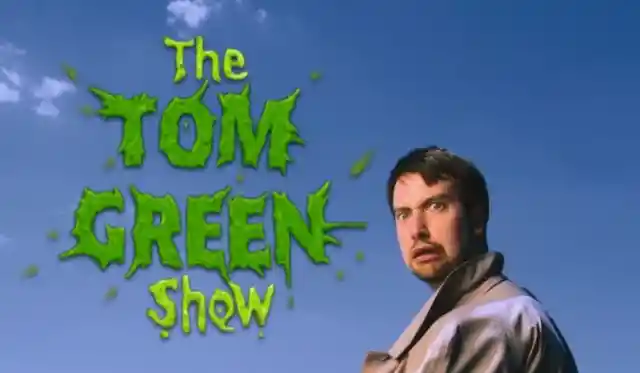
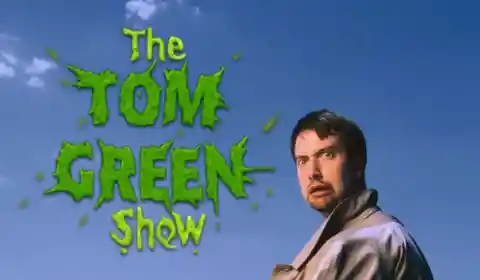
Tom Green’s sense of humor is an acquired taste, heavily shaped by the Canadian comedians who preceded him. At one point, he enjoyed a significant presence in pop culture with his sketch comedy show.
However, his unabashed penchant for pushing boundaries made it a hit-or-miss experience for viewers, with its overt silliness failing to connect with everyone.
40. Makin’ It
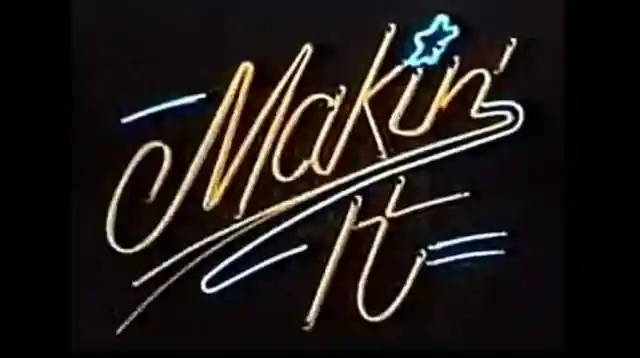
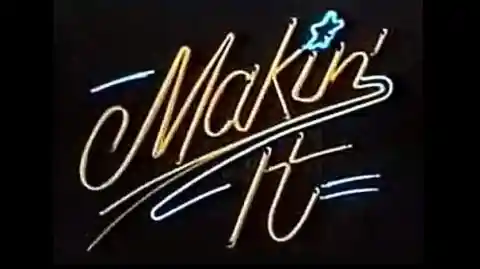
“Makin’ It” arrived a bit too late to the scene, attempting to ride the wave of disco and Italian-American culture, a trend popularized by hits like “Rocky” and “Saturday Night Fever.” Unfortunately, the show premiered two years after the peak of this trend, and by then, audiences had shifted their musical interests away from disco.
Despite being co-created by industry heavyweights Garry Marshall and Lowell Ganz and even featuring John Travolta’s sister, Ellen, the series struggled to find its footing, lasting just eight episodes before it was canceled.
39. The New Leave It To Beaver
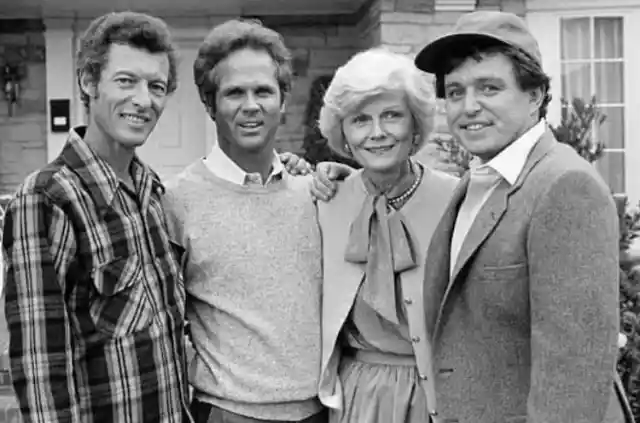
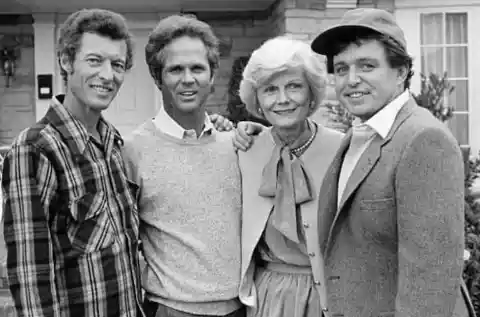
“Leave it to Beaver” enjoyed immense popularity in the late ’50s and early ’60s. In an attempt to rekindle the nostalgia of its dedicated fan base, the show was resurrected three decades later as “The New Leave it to Beaver.”
Unfortunately, this revival failed to recapture the enchantment of the original. The beloved childhood characters had grown into adults with families of their own, and while the show made valiant efforts to rekindle its initial magic, it struggled to do so. Despite running for 101 episodes, it ultimately seemed that some things are best left untouched and not remade.
38. Hell Town
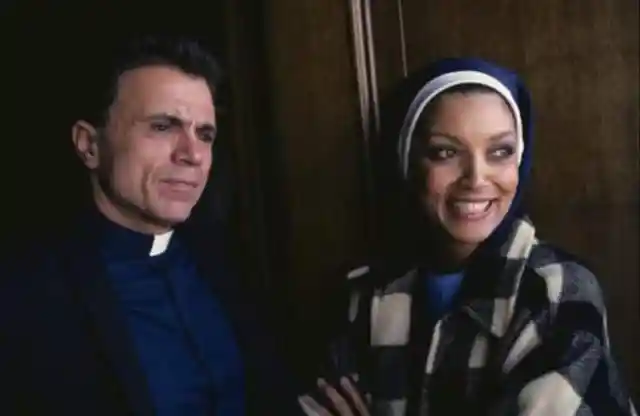

Robert Blake takes center stage in this drama series, assuming the role of a dedicated priest. His mission is to aid the residents of a challenging Los Angeles neighborhood. What sets his character apart is his street-smart demeanor, a reflection of his past entanglement in street life.
Having turned his life around through his deep involvement in the church, Blake’s character aspires to guide others away from a criminal path, much like he once did. Although the premise holds promise, NBC decided to air only 15 episodes of the series. Nevertheless, one can’t help but wonder if a modern adaptation of this concept could find success today.
37. Saturday Night Live With Howard Cosell
This idea might have seemed promising in theory, but its execution was a spectacular failure. Rather than having Howard Cosell guest-host an episode of SNL, ABC decided that their top sports broadcaster should host his own comedy variety show.
This choice was made despite Cosell’s complete lack of experience in creating sketches or performing comedy, aside from a few humorous moments during football game commentary. As anticipated, the show turned out to be a disaster, getting canceled after fewer than 20 episodes.
36. The Misadventures Of Sheriff Lobo
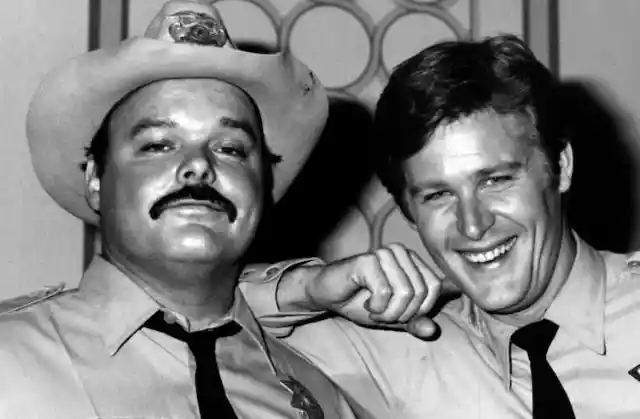

“Sheriff Lobo” had a prominent presence on network television for almost 40 episodes as a spin-off from “B.J. and the Bear,” centered around its titular character. However, it primarily targeted rural audiences, resulting in lackluster ratings in larger urban areas.
Moreover, the show bore an uncanny resemblance to other popular sitcoms of its era, further diminishing its appeal. Ultimately, due to its flawed premise and lack of a compelling overarching theme, the show faced an inevitable downfall.
35. Pink Lady
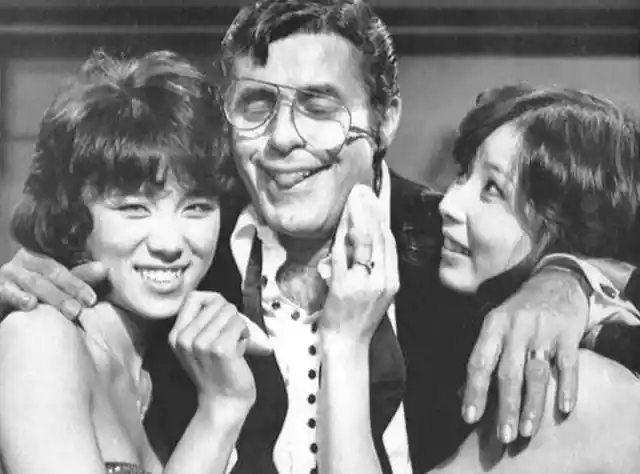
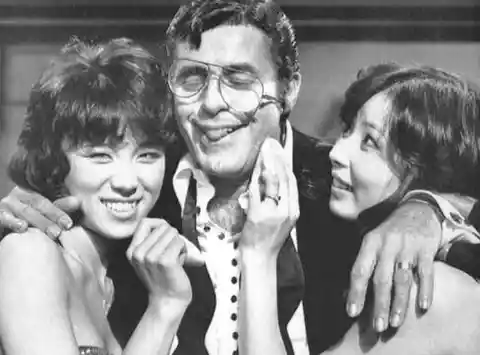
The show started off on a chaotic note. Japanese pop du Pink Lady (Mei and Kei) achieved international success with an English hit, and their variety show was a hit in Japan. This success prompted network executives to replicate the format in the United States.
However, they underestimated the fact that Mei and Kei were not fluent in English, assuming otherwise based on their hit single. This language barrier, coupled with cultural differences, resulted in a disjointed production. The sketch comedy skits fell flat, leading to the show’s cancellation after just five episodes.
34. Alexander The Great
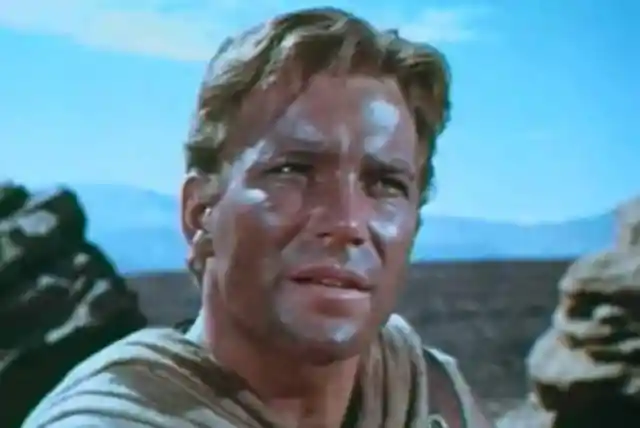
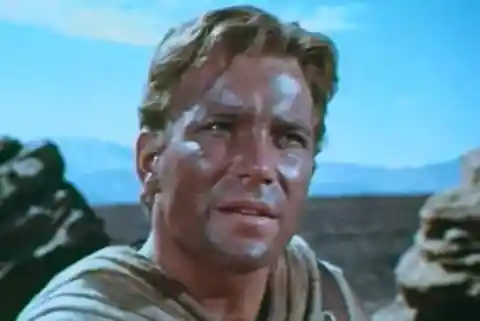
In the early 1960s, ABC produced a unique episode featuring the notable actors Adam West, known for his role in Batman, and William Shatner. John Cassavetes also joined the cast.
Although the episode had some storytelling inconsistencies, it’s intriguingly compared to other projects exploring similar themes from that era. Although it was a pilot episode, it did not become popular, so West and Shatner moved on to more successful projects.
33. Holmes And Yoyo
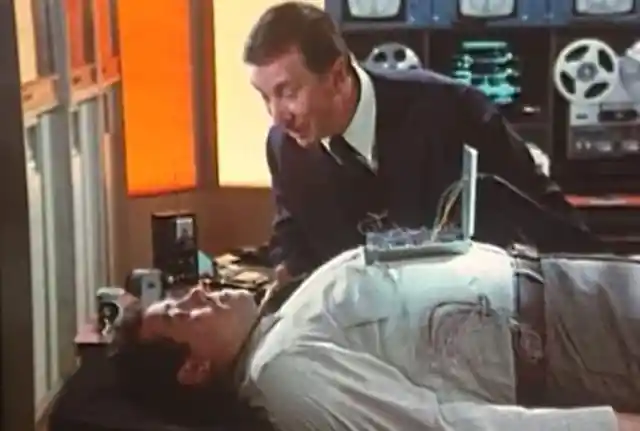
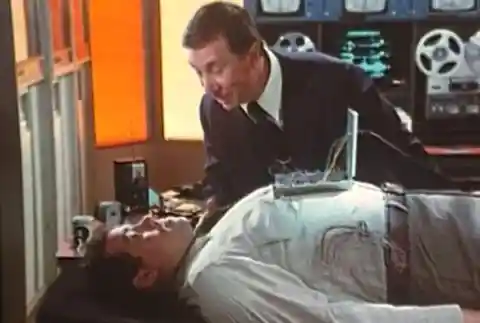
The cop comedy genre has a rich history in sitcoms, often featuring a classic buddy dynamic, with one partner being a wisecracking jokester and the other more serious. In a unique twist, one show attempted to pair a seasoned cop with an android named Yoyo.
Even stranger, the android was touted as a ‘secret weapon’ with superhuman abilities, such as reading an entire book in seconds. Unfortunately, the series failed to find an audience and was canceled after just 11 episodes.
32. Co-Ed Fever
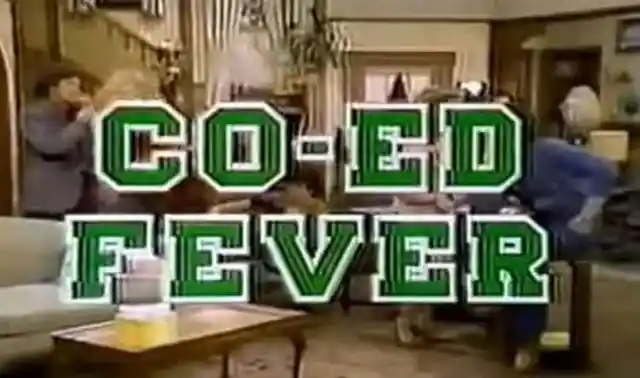
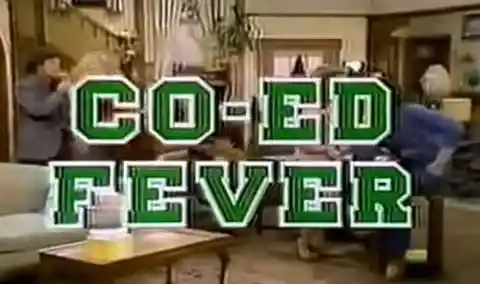
In 1979, Co-Ed Fever was launched amid the comedic frenzy ignited by Animal House. It was a bid by network executives to tap into the risqué college humor trend. However, the absence of John Belushi’s star power and the show’s swift cancellation after a single episode made it clear that Co-Ed Fever wouldn’t enjoy the same success.
Its content was deemed so distasteful and offensive by viewers that they inundated the network with calls of displeasure, sealing the sitcom’s unfortunate fate.
31. Homeboys In Outer Space

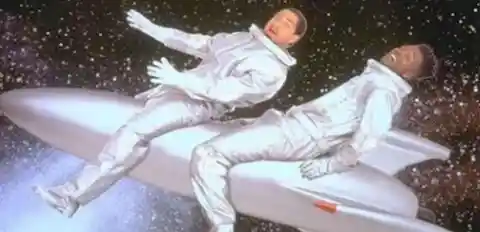
Darryl Bell and Flex Alexander were popular comedic talents of the ’90s, gracing screens in both television and film, particularly capturing the hearts of a younger audience. In a unique twist, UPN brought them together for a sitcom set in the distant future, a whopping 200 years beyond its actual production.
Despite lasting 21 episodes, the show’s low ratings and a weary selection of humor led to its demise, leaving fans disappointed as it failed to secure a second season.
30. Unhappily Ever After
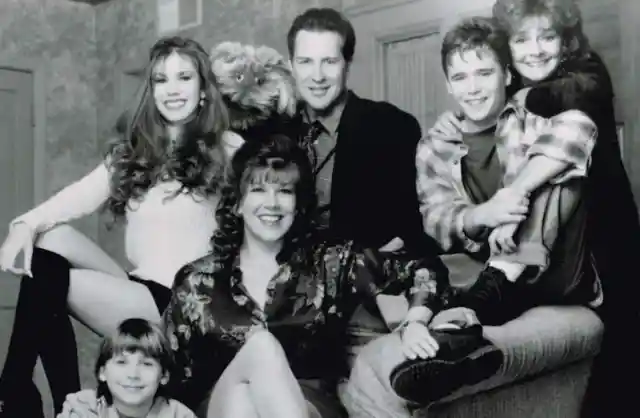
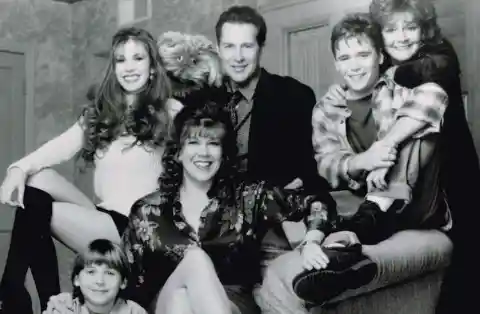
The 1990s marked a golden age for sitcoms, but it also introduced some less-than-stellar offerings. “Unhappily Ever After” tried to capture the essence of an unconventional family grappling with various issues.
Although the show boasted a cast of gifted actors, including Justin Berfeld, Nikki Cox, Bobcat Goldthwait, Kevin Connolly, and Stephanie Hodge, its storyline ventured into strange territory, featuring talking rabbits, characters resurrected from the dead, and humorous portrayals of drug abuse. Not surprisingly, this unique blend of elements led to mixed reviews from viewers.
29. Howard Stern
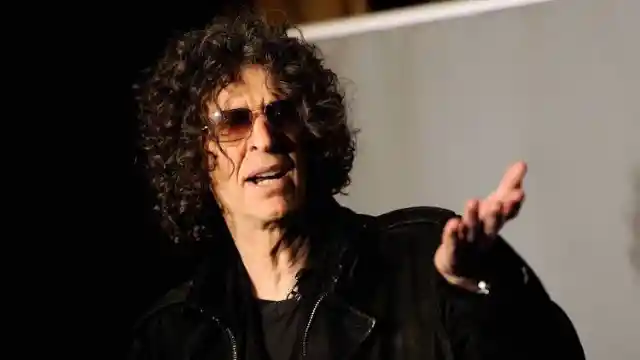
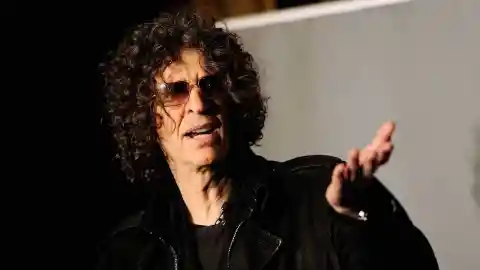
Howard Stern’s notoriety persists, evoking strong opinions among fans and critics alike, spanning both television and radio. Beyond his media ventures, Stern made waves with “The Howard Stern Show,” initially set to air on Fox.
However, the network decided to discontinue the show, as test audiences deemed its hour-long episodes a bit too much for the time’s television landscape.
28. Supertrain
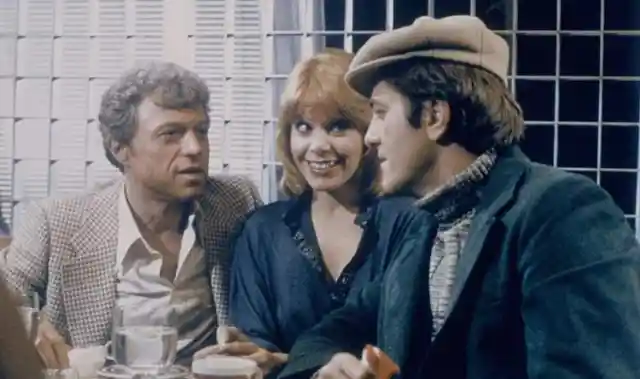
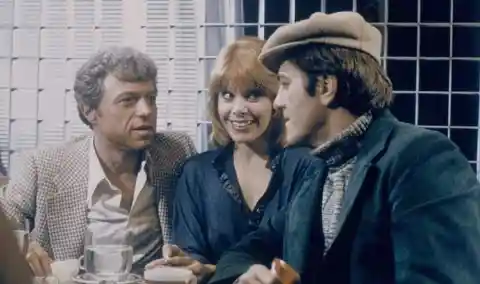
“Supertrain” was a spectacular misjudgment of both time and money. To achieve an authentic ambiance, the producers went so far as to build a model train for the show. However, this venture took a catastrophic turn as the model train met with a calamitous crash.
As a result, the network spent an incredible $10 million on three train sets, making it the most expensive TV show ever at the time. Unfortunately, the show did not do well in the ratings. Even though the fancy, modern train setting was supposed to encourage people from different backgrounds to interact, it didn’t interest the audience and was canceled after only nine episodes.
27. Turn-On
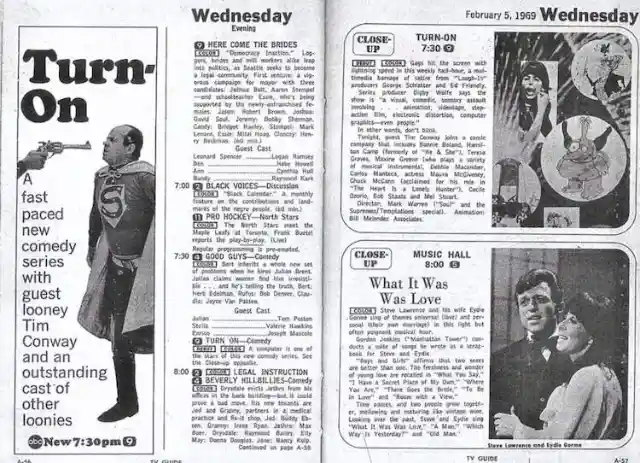
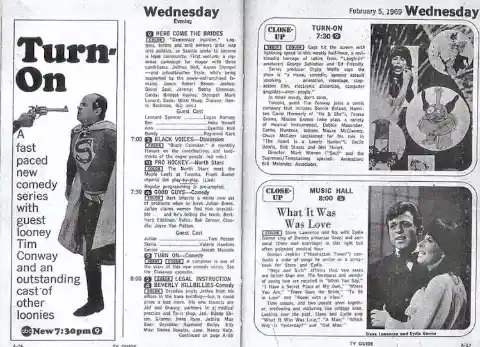
Tim Conway led a rather risqué sketch show that failed to captivate network executives nationwide. The program, known for its daring sexual humor, struggled to find favor during its brief existence. Surprisingly, it only managed to air a single episode before being abruptly canceled.
Viewer outrage was so palpable that people began calling into different networks to express their displeasure as the show unfolded. Some networks didn’t even bother returning to the show after the initial commercial break, opting instead to fill the airtime with silence or music.
26. Life With Lucy
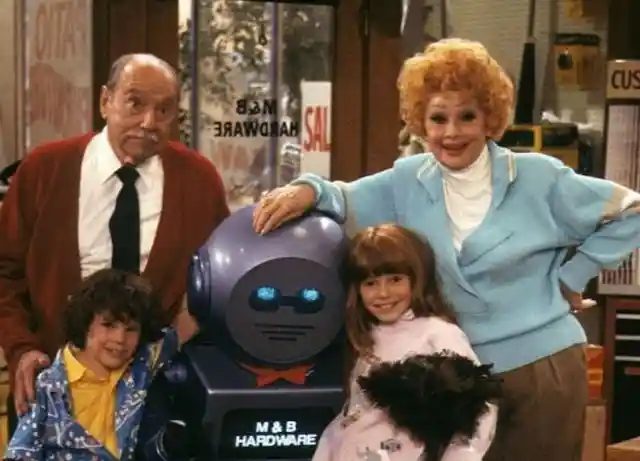
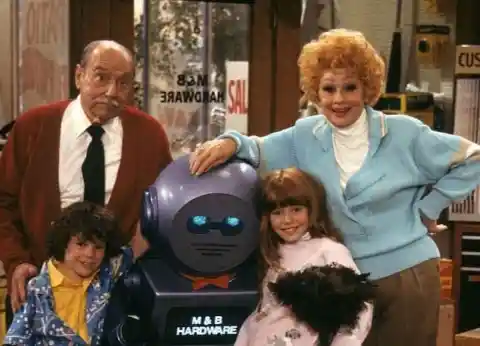
We usually adore Lucy, but this time, it didn’t quite hit the mark. The show, despite having 13 episodes created, was pulled off the air after just eight. It’s difficult to imagine Lucille Ball without her iconic partner Desi Arnaz, but in this show, she was paired with Gale Gordon.
Despite Ball’s efforts to recreate the magic of her previous shows, including hiring production members from “I Love Lucy,” it simply didn’t resonate with audiences. On a side note, you might recognize the little girl on the right in the image above – she’s none other than the former child actor turned current singer, Jenny Lewis.
25. Who Wants To Marry A Multi-Millionaire?
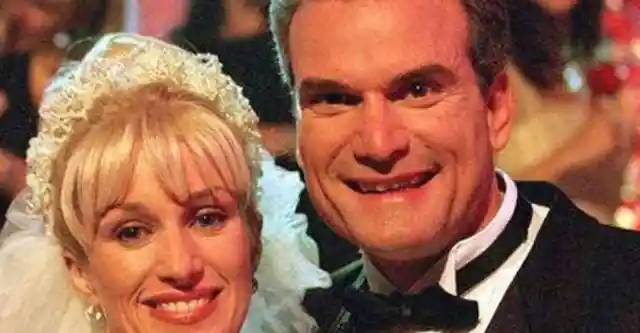

This show caused controversy, as it pitted 50 women against each other in a competition for the chance to marry a multi-millionaire. It was also later revealed that the background check on the wealthy suitor failed to uncover his restraining order history with a former partner.
Despite these issues, Darva Conger emerged as the eventual winner and married the man, Rick Rockwell, although the marriage was subsequently annulled.
24. One of the Boys
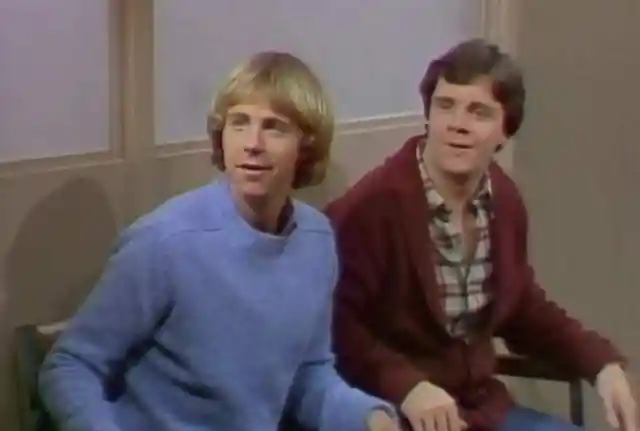
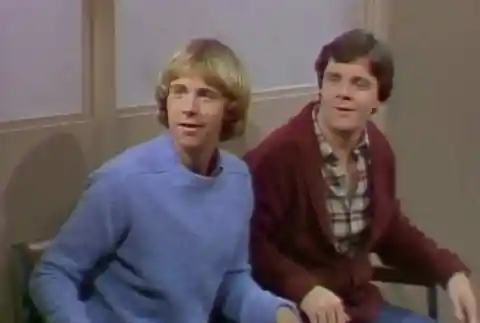
Dana Carvey, recognized for his comedic brilliance over four decades, and Nathan Lane, known for both humor and dramatic acting, starred together in a 1982 sitcom.
The show featured Mickey Rooney and his friend relocating from a retirement home to Carvey’s college grandson’s dorm, aiming for generational humor but missing the mark. Additionally, this sitcom marked the early appearance of an aspiring actress, Meg Ryan.
23. Sammy And Company
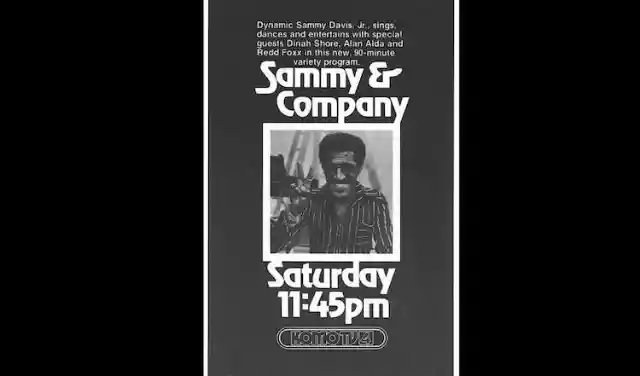

Variety shows often struggle to showcase the talents of comedians, musicians, and other performers effectively – but Sammy Davis, a musical legend, is celebrated for his extraordinary abilities.
However, when he took the lead in a variety show, that remarkable potency we associate with him seemed to fade. The show ran for 53 episodes spanning three seasons, but despite witnessing Davis’s full range as a performer, TV Guide didn’t find much else to applaud.
22. The Powers Of Matthew Star
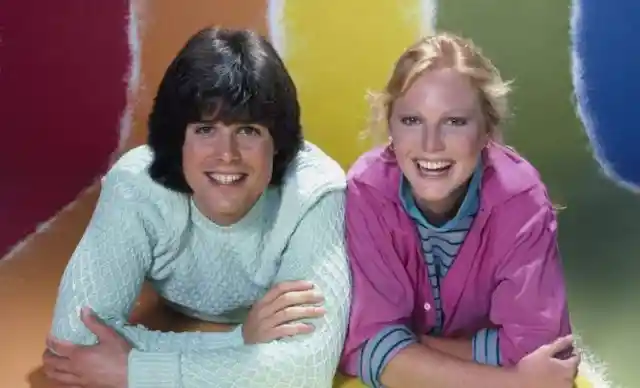
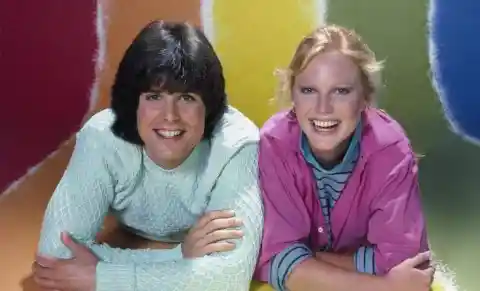
Combining Sci-Fi and comedy in a single show can be a precarious venture, often resulting in disappointment. “The Powers of Matthew Star” attempted to blend these genres but faced a less-than-stellar outcome.
The premise revolved around an alien teenager dispatched to Earth to combat crime, with Peter Barton in the titular role. Unfortunately, Barton suffered severe burns in an on-set accident, leading to months of hospitalization. Despite its initial run of one year, the show was ultimately canceled.
21. Baywatch
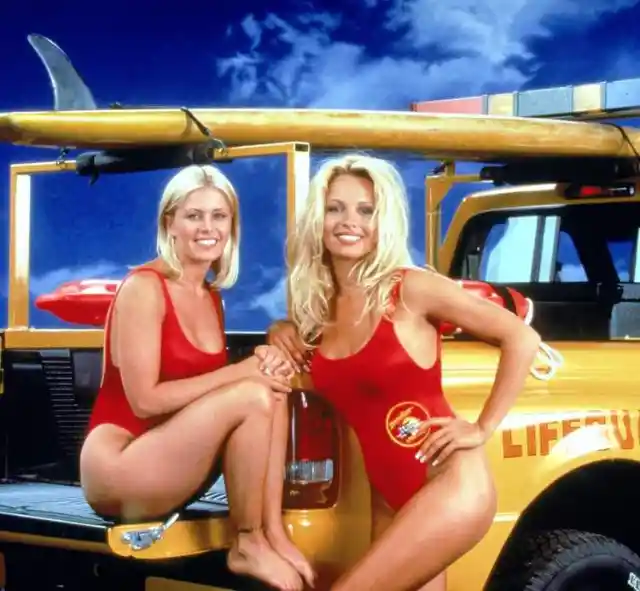

“Baywatch” serves a singular purpose – it doesn’t aim for award-winning performances or intricate storylines. Instead, it caters to those seeking the spectacle of attractive women running down the beach in bikinis, sometimes complemented by David Hasselhoff’s acting attempts.
Depending on your perspective, “Baywatch” can be a highly entertaining and enjoyable show or seen as nothing more than disposable entertainment.
20. The Phyllis Diller Show
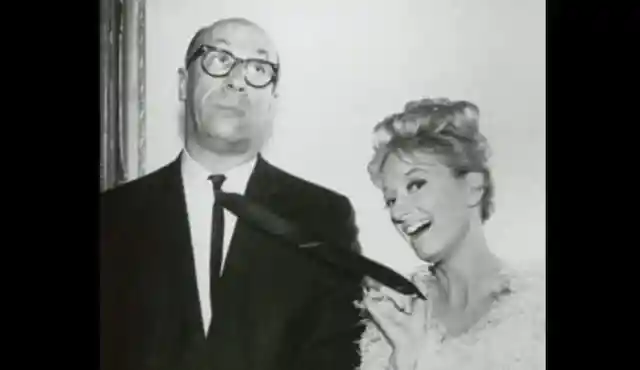
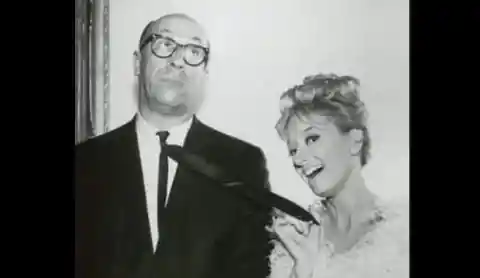
In the mid-’60s, the irrepressible entertainer Phyllis Diller spearheaded her own show, featuring a family grappling with financial woes and a crafty plan to outsmart the IRS through a series of comical schemes.
The show’s humorous twist centered on the fictional Pruitt family residing in New York, weaving humor into their antics. However, despite its 30-episode run spanning two seasons, opinions on the show’s humor were divided, with some viewers embracing its comedic charm while others remained unimpressed.
19. The P.T.L. Club
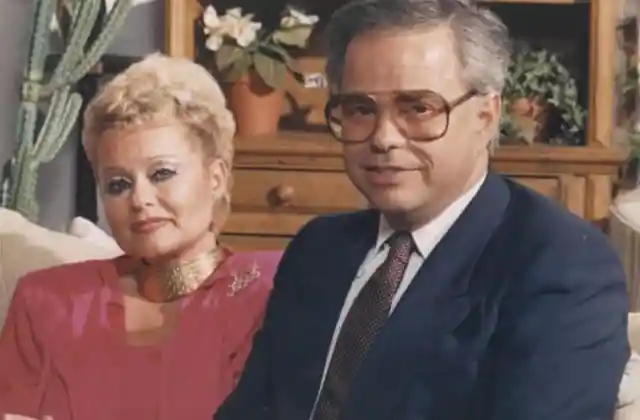
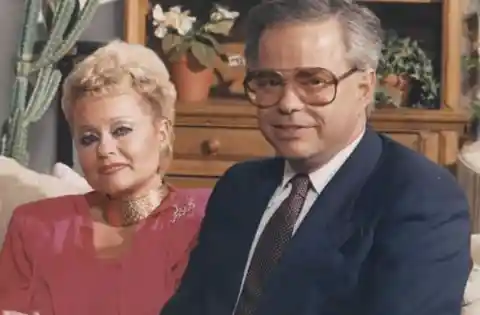
In recent months, this show has gained significant attention due to the involvement of Jim and Tammy Faye Bakker, who used the platform to share their Christian faith.
Despite running successfully for 14 seasons, the show’s journey took unexpected turns as it became embroiled in scandals, notably concerning financial and sexual matters. These shocking revelations were often orchestrated in an attempt to maintain the show’s ties to the church.
18. The Ugliest Girl In Town
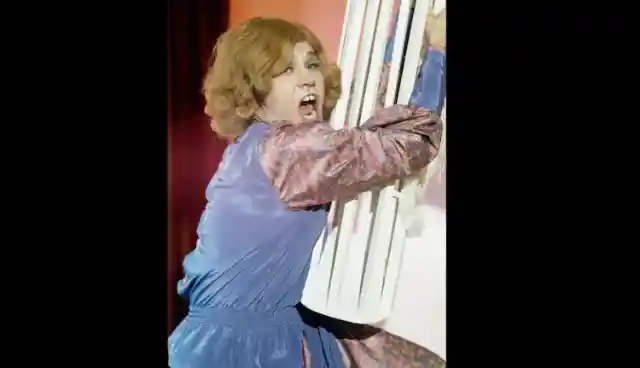
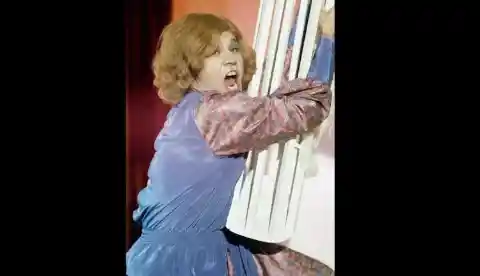
Who would have thought that a TV show as unique as this would ever be created and aired? This series ran briefly from 1968 to 1969. In a story with many gaps, a man longs for his girlfriend in the UK. Later on, he unknowingly helps his brother with a photo shoot, where he reluctantly poses as a hippie.
Strangely, an overseas studio discovers these photos and hires the effeminate man as a female model. The catch? The studio is located in the UK. Now, to maintain contact with his girlfriend, the man must keep up the charade of being a woman for as long as possible.
17. Casablanca
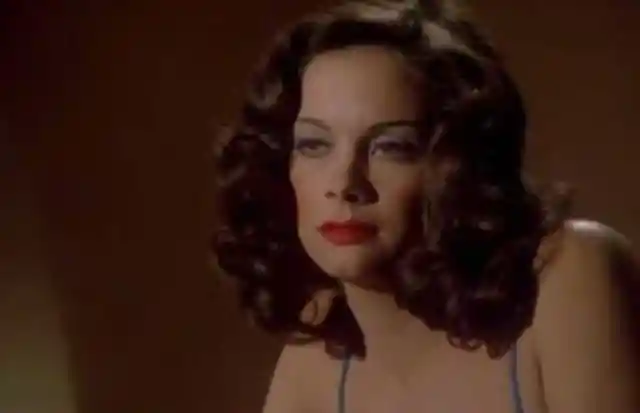
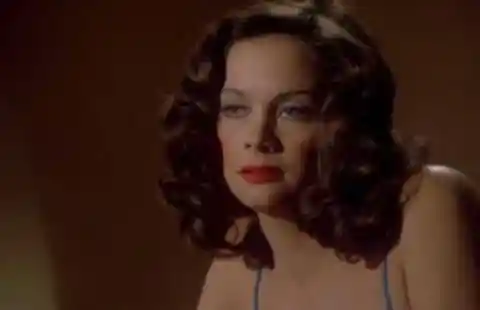
“Casablanca,” often hailed as one of the greatest films ever made, stands as a cinematic masterpiece deserving of its own space and recognition. Attempts to capitalize on its brilliance with two separate spin-offs, in 1955-56 and again in 1983, seemed somewhat misguided.
According to TV Guide ratings, both ventures failed to resonate strongly with television audiences, highlighting the challenge of replicating the magic of the original on the small screen.
16. The Chevy Chase Show
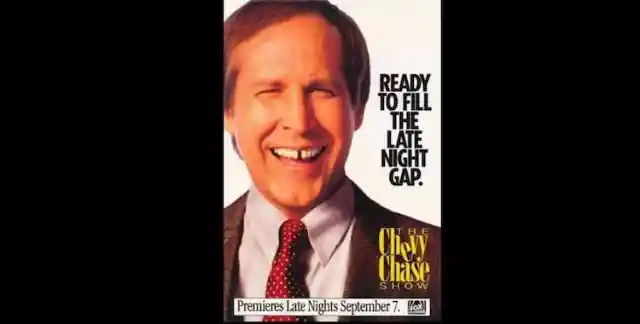
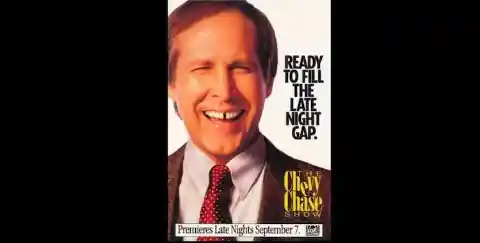
Numerous comedians have been entrusted with their own talk shows in the quest for network success. Chevy Chase, undeniably a hilarious individual, was one such candidate – but his attempt at hosting a talk show didn’t work out with viewers.
FOX aired his show for just over a month before abruptly pulling the plug. Chase himself expressed dissatisfaction with the show in subsequent interviews, citing the recycled content and rowdy crowds that created an awkward atmosphere for everyone involved.
15. Manimal
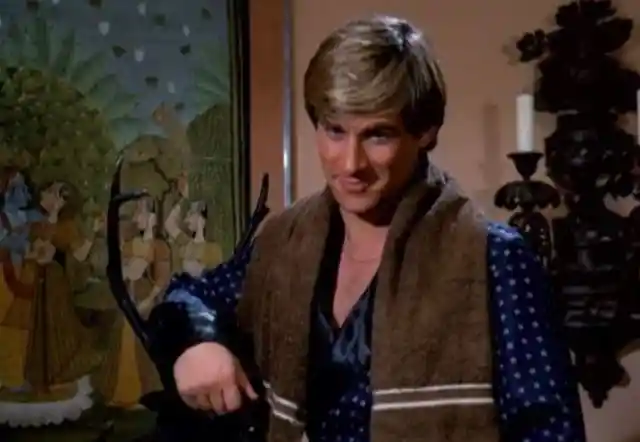
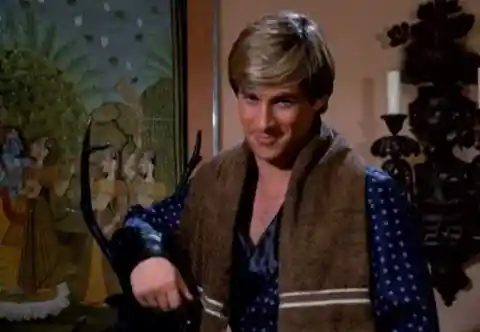
In today’s era, saturated with a plethora of superheroes gracing our TV screens and theaters, “Manimal” might have found a more receptive audience. The series revolves around Simon MacCorkindale’s character, who collaborates with the police to unravel crimes and mysteries.
The intriguing twist is that this seemingly ordinary man possesses the extraordinary ability to instantaneously transform into a wide array of animals. Supposedly, his unique talent is the result of training in an enigmatic African technique. Regrettably, “Manimal” had a short-lived run, comprising only eight episodes.
14. Baby Bob
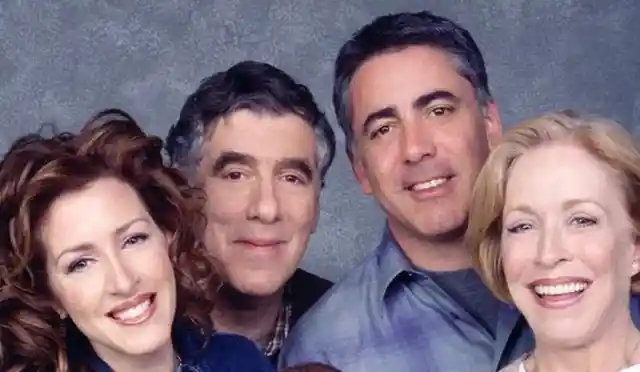
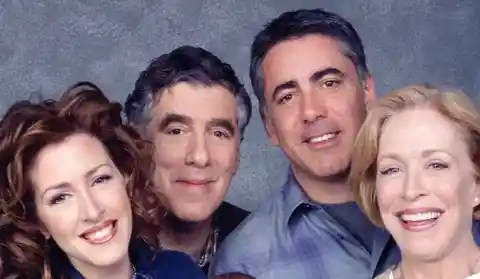
Baby Bob had an unfortunate impact on the careers of some highly talented actors, such as Holland Taylor and Elliott Gould, who were well-respected for their work in quality programs. Unfortunately, Baby Bob did not fall into that category.
It emerged during the peculiar ’90s and early 2000s trend of fascination with babies speaking like adults, featuring a baby who conversed like his elders. The CGI used for the baby’s adult-like speech, even by the standards of 20 years ago, appeared worse than it does today. As expected, the show was canceled after just 12 episodes.
13. Twenty-One
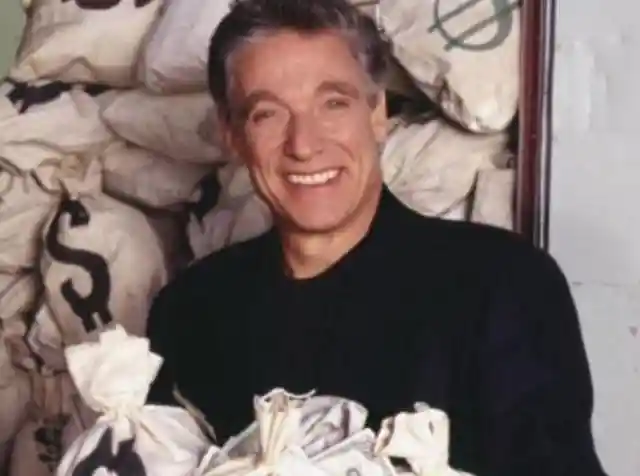
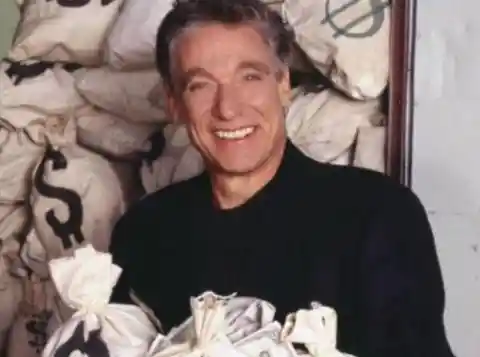
The once-iconic game show “Twenty-One,” which had its origins in the 1950s, experienced a significant downfall after a scandal exposed its manipulation and rigging. This scandal led to the show’s rapid decline from its prime position in television.
As “Who Wants to Be a Millionaire” took the TV world by storm on ABC, other networks sought to capitalize on the game show genre’s popularity. NBC attempted to breathe new life into “Twenty-One” by enlisting Maury Povich as the host, but the revamped version failed to resonate with today’s audience.
12. Hello, Larry
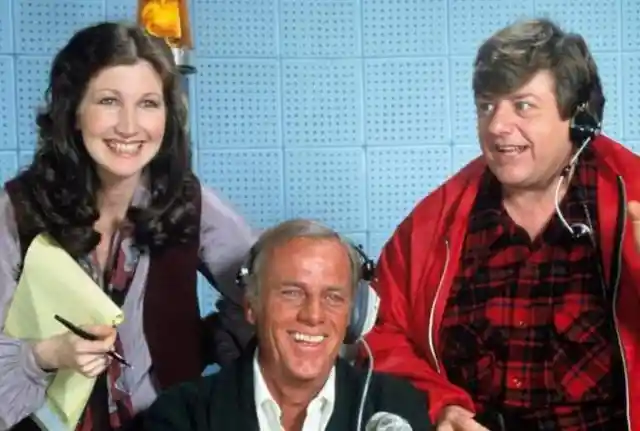
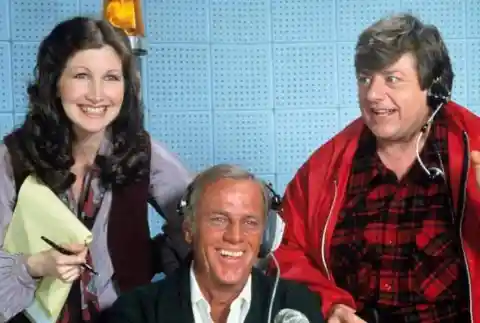
This show had two seasons and 38 episodes. However, it was canceled due to two major criticisms. To put it simply, the show’s lackluster writing and poor character development were the primary reasons behind its downfall.
Despite running for two seasons and airing 38 episodes, it was unable to compete with other comedic sitcoms of its era, marking it as one of the worst TV shows of all time according to TV Guide.
11. The Secret Diary Of Desmond Pfeiffer
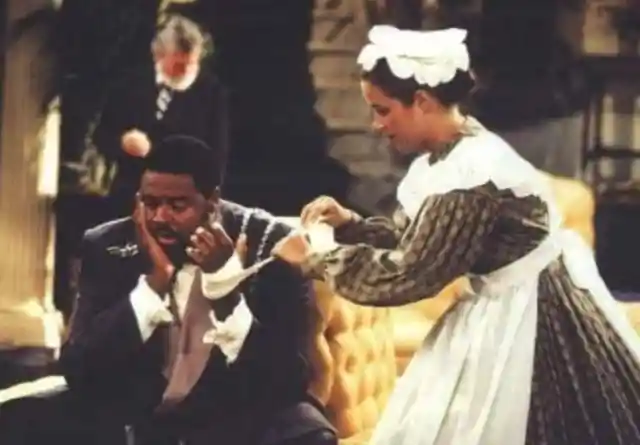

The unconventional concept behind “The Secret Diary of Desmond Pfeiffer” sparked substantial controversy. This comedic take on a “period piece” narrates the tale of a black man’s journey from the U.K. to becoming Abraham Lincoln’s butler in the U.S., resulting in a blend of humor and historical distortion.
While the sitcom aimed to deliver lighthearted entertainment, the unsettling portrayal of an offbeat form of slavery drew considerable backlash from activist groups, leading to pre-airing protests. Regrettably, the show’s provocative premise couldn’t sustain its run; out of the nine episodes produced, merely four saw the light of day before the series faced cancellation.
10. Hee Haw Honeys
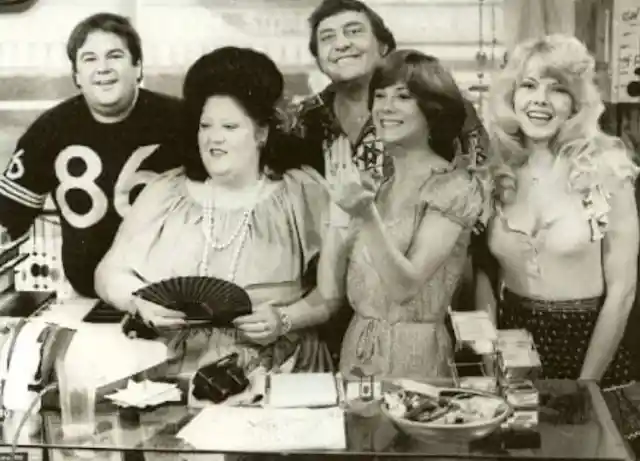

There are typically two outcomes for spin-offs – they either enrich the legacy of the original show or become a source of disappointment. “Hee Haw Honeys” unfortunately falls into the latter category due to several reasons.
Despite featuring talented individuals like Gailard Sartain and Kathie Lee Gifford, the show struggled to find its groove. It had a short run of only 24 episodes, and reviews consistently highlighted that its musical numbers, acting, and overall vibe failed to match the expectations set by the beloved original series.
9. The Jackie Gleason Show
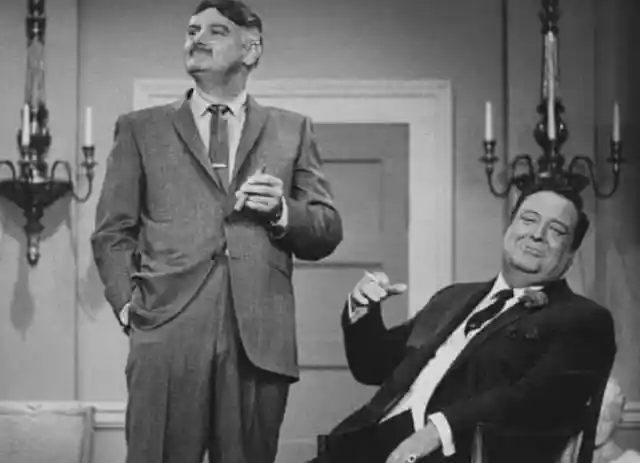
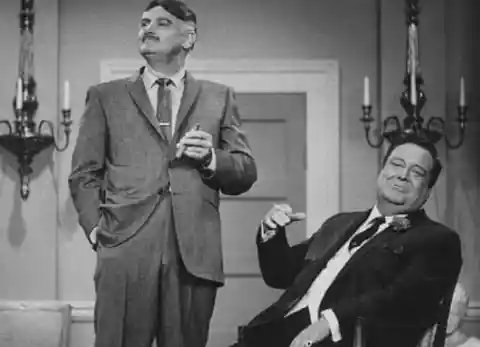
Jackie Gleason headlined this television program, which ran for over 150 episodes spanning nearly two decades. His comedic charm initially blossomed as part of “The Honeymooners” cast, and he dabbled in several other shows before making this self-centered variety series his primary focus.
Oddly enough, the show’s popularity dwindled when Gleason lost a substantial amount of weight. Much of his humor had previously revolved around his hefty appearance, so when he appeared slimmer, the newer style of humor failed to connect with the audience as effectively.
8. Cop Rock
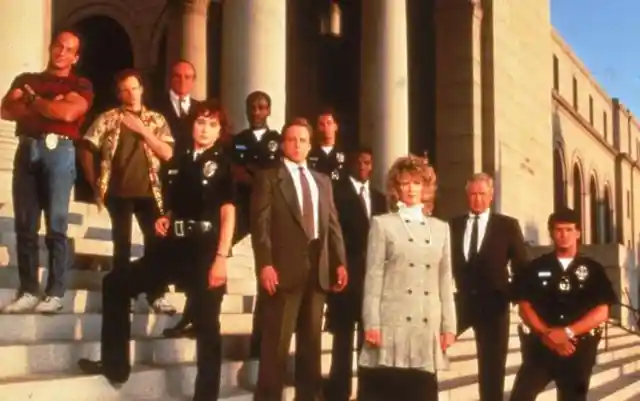
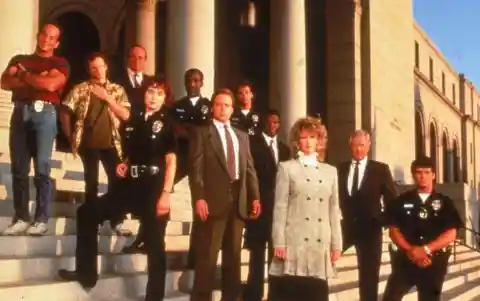
The show “Cop Rock” was a perplexing blend of crime and music, fusing crime scenes with musical performances and choreography. Its downfall can be attributed to its inability to establish a clear identity – vacillating between a hard-hitting crime drama and an inventive musical akin to “Grease.”
Furthermore, the absence of notable star power among its cast members, with CCH Pounder being the most recognizable, contributed to its ultimate demise.
7. AfterMASH
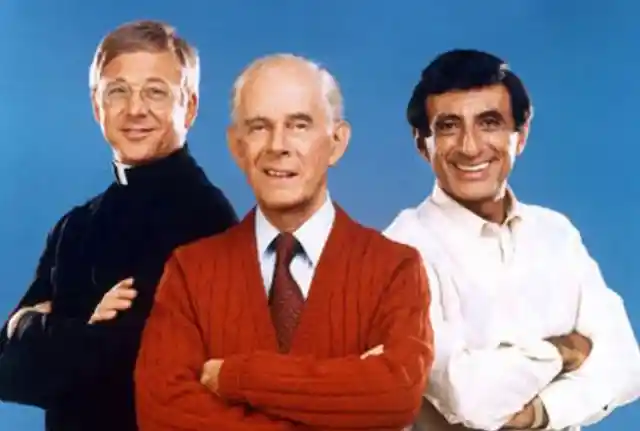
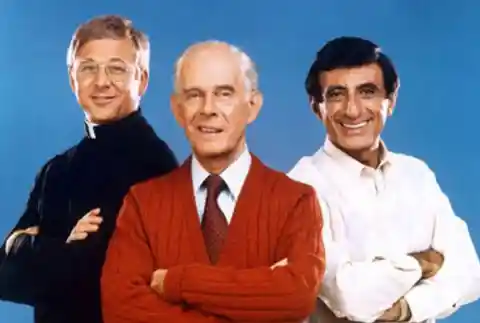
“AfterMASH,” as the title suggests, was designed as a continuation of its predecessor, the beloved TV series. With a two-season run totaling 31 episodes, the show aimed to tap into viewers’ nostalgia but ultimately faced criticism.
It serves as a reminder that certain ideas are best left to stand on their own, especially when the original concept carries substantial weight and impact.”
6. Celebrity Boxing
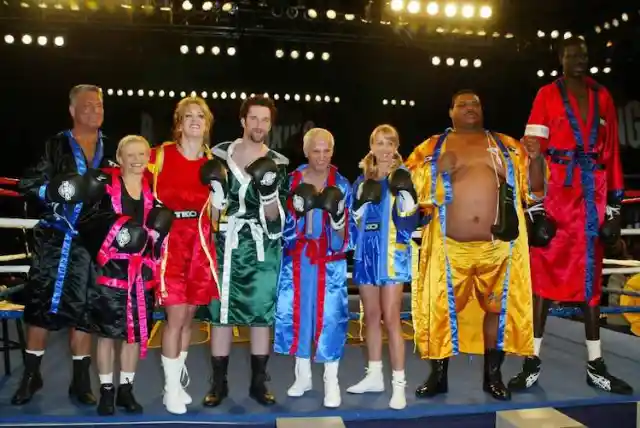
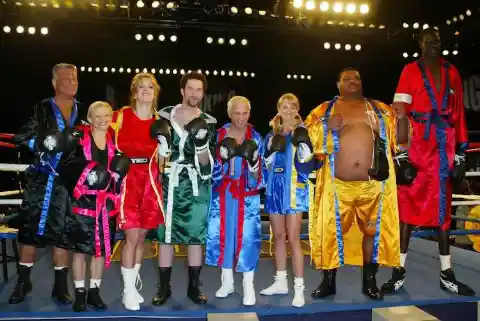
These matchups need no further introduction. FOX’s 2002 show pitted fading athletes and D-List celebrities against each other in the boxing ring.
The fight card featured unforgettable battles such as Todd Bridges vs. Vanilla Ice, Danny Bonaduce vs. Barry Williams, Paula Jones vs. Tonya Harding, Manute Bol vs. William ‘The Fridge’ Perry, Joey Buttafuoco vs. Joanie ‘Chyna’ Laurer, Dustin Diamond vs. Ron Palillo, and Darva Conger vs. Olga Korbut. It was a remarkable and unforgettable display of entertainment.
5. Hogan’s Heroes

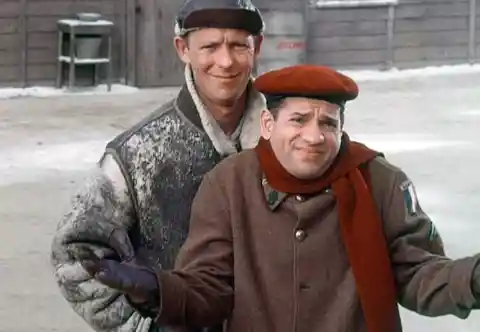
The TV series “Hogan’s Heroes,” spanning six seasons and over 160 episodes, failed to capture TV Guide’s favor. It featured a unique concept with American troops managing a POW camp full of Nazi soldiers, an unexpected backdrop for comedy.
Surprisingly, it managed to secure two Emmy Awards during its run. Nevertheless, it remained divisive, with a significant group of viewers clearly not fond of it.
4. The Brady Bunch Hour
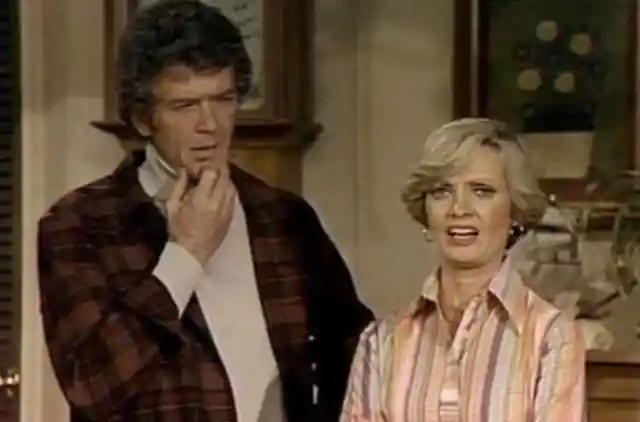

Despite its intentions to tap into the popularity of the cherished blended family series, the variety show struggled to connect with audiences. While most of the original cast returned for the project, Eve Plumb, who portrayed Jan, was absent.
The show’s colorful sets and numerous dance sequences failed to impress, and the performances felt fragmented. Adding to the challenges, it was rumored that some cast members were initially hesitant to be part of the production.
3. XFL
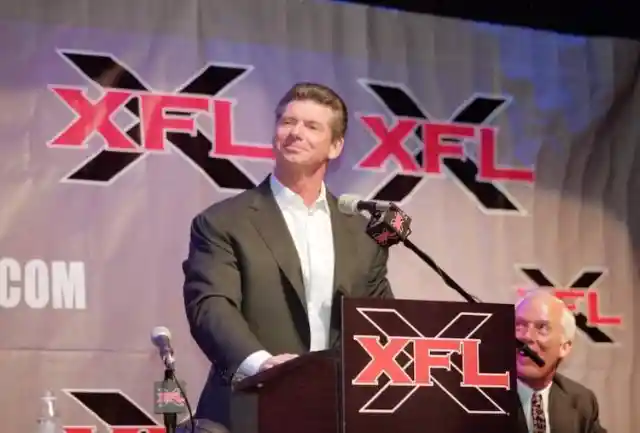
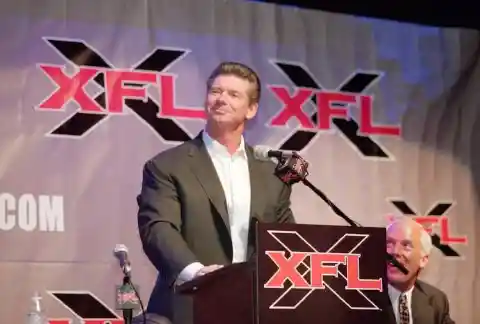
XFL, originally conceived as an alternative football league to existing professional leagues worldwide, was created by Vince McMahon, a prominent figure in professional wrestling. It aimed to provide a unique set of rules while incorporating the entertainment elements often associated with shows like Smackdown! and Raw.
However, the league faced numerous challenges during its initial run, including low ratings and subpar on-field performance, leading to its closure after just one year. Surprisingly, the XFL is set to make a comeback in 2023, with former professional wrestler and global sensation Dwayne ‘The Rock’ Johnson at the helm.
2. My Mother the Car

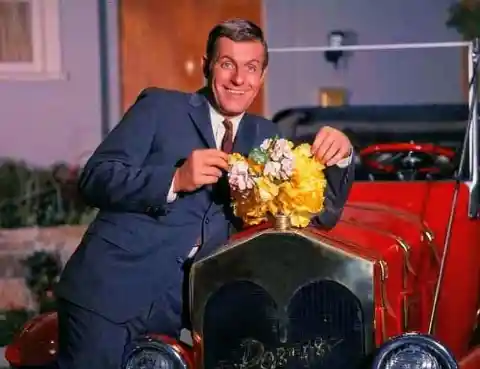
You read it right, this was actually the title of the TV show broadcasted for millions to witness – “My Mother the Car.” In this show, a man named Jerry Van Dyke finds out that his dead mother has come back as a car from 1928. He can talk to her through the car radio. The show is strange and there is a bad guy who collects cars and wants to take the talking car from Jerry.
Despite its strange concept, the NBC-produced sitcom ran for 30 episodes, which amounted to one full season. While the show’s existence may seem unbelievable, its relative success suggests that it had some appeal to audiences at the time, even if the concept seems bizarre to modern viewers.
1. The Jerry Springer Show

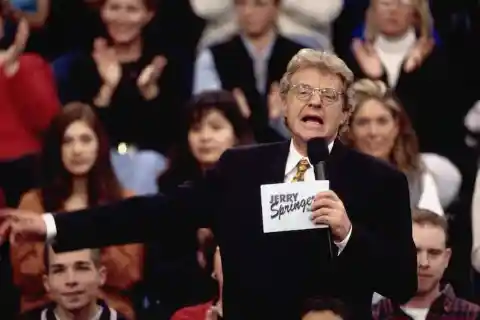
“The Jerry Springer Show” is the undisputed champion of sensational daytime television, and we say that with appreciation, not criticism. Daytime TV often thrives on controversy, and if you’re a millennial, chances are you’ve caught one of these shows on a sick day from school.
“Springer” elevated the drama to an entirely new level, presenting intricate tales, often centered around infidelity, and occasionally pushing the boundaries of acceptable television content. When you heard the crowd chanting “Jerry! Jerry! Jerry!”, there was no mistaking the program you were tuned into.